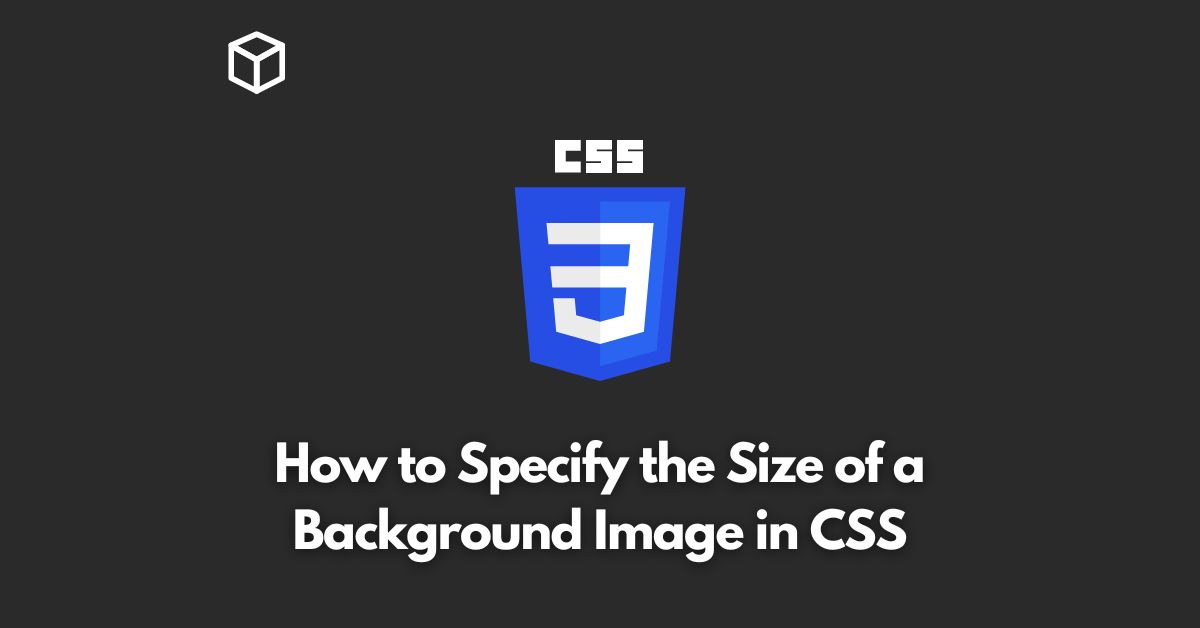The background image is one of the most important elements on a webpage, as it sets the tone and overall look of the page.
However, specifying the size of a background image can be tricky, and it’s essential to understand the different options available to you.
In this CSS tutorial, we will explore the different ways to specify the size of a background image in CSS, including the pros and cons of each method.
We will also provide code examples to help you implement these techniques in your own projects.
Using the “background-size” Property
The “background-size” property is the most straightforward and easiest way to specify the size of a background image in CSS.
This property allows you to set the size of the background image as a percentage of the containing element, or as a fixed value in pixels.
For example, if you want to set the background image to be 50% of the width of the containing element, you can use the following code:
.example {
background-image: url("image.jpg");
background-size: 50%;
}Alternatively, if you want to set the background image to a fixed size of 300px by 200px, you can use the following code:
.example {
background-image: url("image.jpg");
background-size: 300px 200px;
}Using the “background” Shorthand Property
The “background” shorthand property is another way to specify the size of a background image in CSS.
This property allows you to set the size of the background image, as well as other background-related properties such as the image’s position and repetition, all in one line of code.
For example, if you want to set the background image to be 50% of the width of the containing element and center it, you can use the following code:
.example {
background: url("image.jpg") center / 50% no-repeat;
}Using the “width” and “height” Properties
The “width” and “height” properties are another way to specify the size of a background image in CSS.
However, this method is not recommended, as it can cause issues with responsive design and may not work correctly in all browsers.
For example, if you want to set the background image to be 300px wide and 200px tall, you can use the following code:
cssCopy code<code>.example {
width: 300px;
height: 200px;
background-image: url("image.jpg");
}
</code>Conclusion
As a web developer, it’s essential to understand the different ways to specify the size of a background image in CSS.
The “background-size” property is the most straightforward and easiest way to set the size of a background image, while the “background” shorthand property allows you to set multiple background-related properties in one line of code.
However, using the “width” and “height” properties is not recommended, as it can cause issues with responsive design and may not work correctly in all browsers.
Use the above examples and methods to make the most out of your background images and make your website look more attractive and professional.




